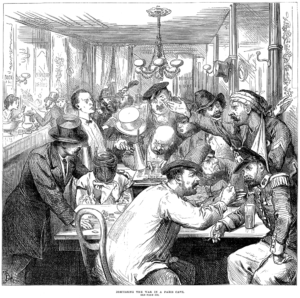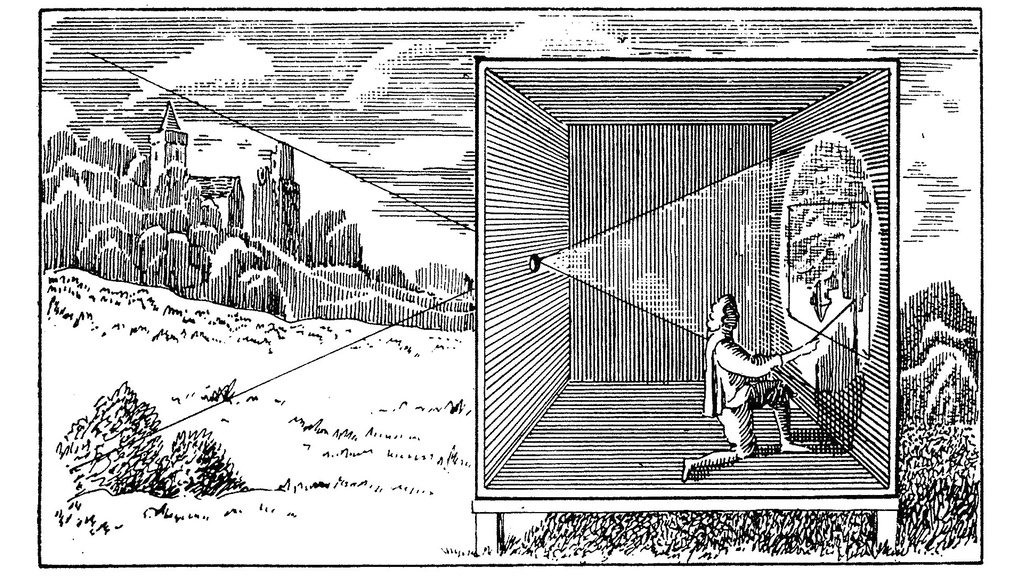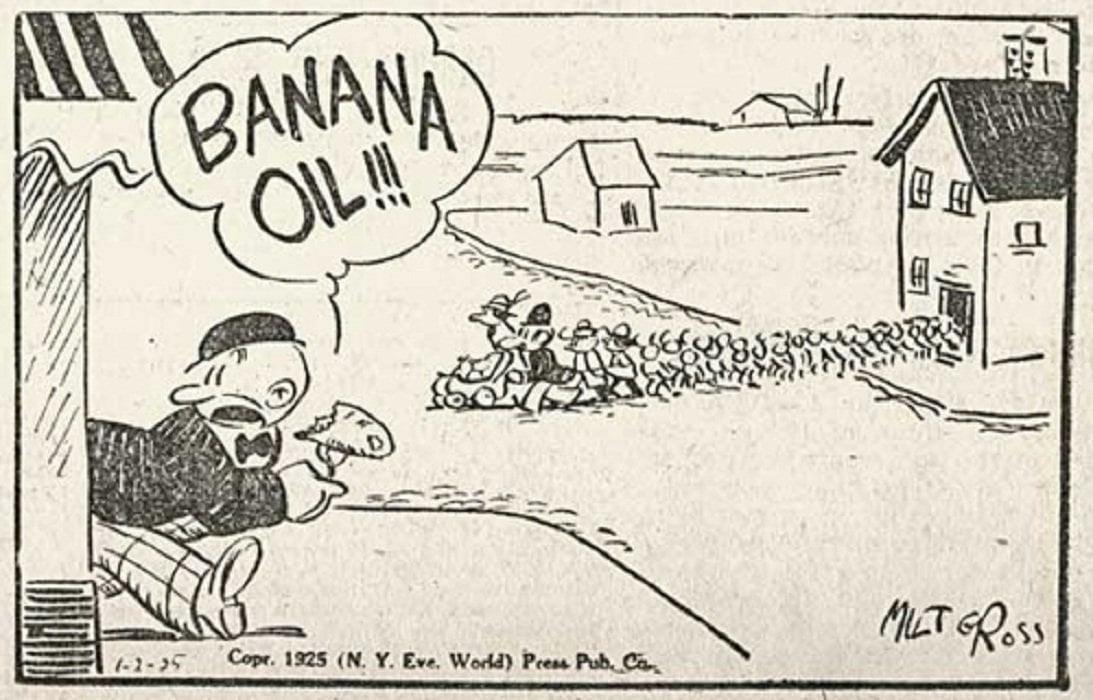Historians, especially comics historians, like to declare “a new golden age” for ongoing periods of history. It’s, well, usually histrionic. Like any use of superlatives, it’s a warning bell that signals hype and a bit of banana oil. In comics, it’s used to add value to a collectible, to make it more significant. With the actual Golden Age of comics being seen as a high point of readership and diversity, it’s not uncommon to hear people herald a New Golden Age of comics, especially those who remember the decades of derision, dubiousness, and indecision.
To be clear, there are two types of “ages” defined by historians.
There are the technological ages (ice, stone, bronze, iron, information), and then the cultural ages (gold, silver, bronze) used to define pinnacles of civilization. Since early comics collectors concentrated on superheroes, Hesiod’s five ages (Golden Age, Silver Age, Bronze Age, Heroic Age, and Iron Age) were adopted. Comics historians and fans like to refer to the Golden Age of Comics (1938-1954), as well as the Silver Age (1956-1971)[1].
Since then, as with any recent analysis of history, “ages” tend to be replaced by movements as multiple ideas and influences are studied. Even with the Silver Age, there are aspects which overlap accepted periods. Underground comics flourished in the late Sixties and early Seventies, sold outside of normal newsstand distribution channels. MAD Magazine starts as a comic in 1952, transitions to the magazine to circumvent the Comics Code, sells millions of copies at the height of the counter-culture movement, and continues to sell until recently. Do historians continue to use superheroes as the touchpoints, even as the Direct Market, book trade, Internet, and self-publishing encouraged and inspired innovation? And what of comic strips, which flourished in a separate ecosystem separate from the Comics Code and spinner racks?
…which leads me back to the beginning of this article. “It’s a new Golden Age!” say creators, bloggers, publishers! To which I say, “No.”
First of all, golden ages are never defined as they happen. It’s a nostalgic term, as people look back and dream of The Good Old Days, when Things Were Much Better. Of course, they weren’t, but people prefer to ignore or forget the sharp edges of the past.
Second, I use historiography. For Western Civilization, that means:
- The Golden Age of Greece (which swiped from the Egyptians) and Rome (which stole from the Greeks)
- Medieval Europe (formerly known as “The Dark Ages”)
- Renaissance
- Age of Enlightenment (when modern historiography was created. Everything after this is open for debate.)
What we are in, right now, is the Renaissance of Comics[2]. Why? Three reasons.
The first parallel is the disruption of new technologies.
the movable type printing press (1439 CE) allowed for the rapid transmission of ideas in Europe. Today, modern technologies allow for the rapid transmission, discovery, and sharing of information. The internet, smart phones, cable television, laser printers and photocopiers…all disrupt the older means of distribution (book stores, mail order, newsstands, mimeographing).
The second influence is the discovery of foreign cultures, and their influence on local cultures.
The Renaissance of the Twelfth Century saw an influx of literature and invention from the Islamic world. We see this currently with a rediscovery of Continental Comics[3] last seen in the late Seventies via Heavy Metal. The strong popularity of Japanese manga, which exploded in popularity with the arrival of Pokémon and other franchises, radically influenced a generation of young comics fans and creators.
Rediscovery of classic literature is the third parallel.
Ancient Greek and Latin texts were rediscovered by scholars during the Renaissance, which challenged conventional wisdoms. Much of this innovation was encouraged by the merchant republics of Italy, which had fortunes to commission new works of art, and which imported ideas from across the globe. Today, graphic novels are a mature market segment for publishers, bookstores, and libraries. As new audiences are catered to, publishers search for older titles to reissue. Like the classical texts of antiquity, some comics have been forgotten or relegated to attics and storage units. Some were never collected at all, issued only as comic books found only in hobby shops or grocery stores decades ago, and fondly remembered. Young fans of these comics then sometimes become journalists now, blogging about unusual titles overlooked among the current hucksterism of hot titles. Sometimes, those fans become editors, becoming proponents and promoters of lost works.
tl;dr: We are in the middle of a Comics Renaissance. New technologies encourage innovation, discovery, and distribution of the medium. Works from other counties inspire readers and creators with different methods and content. Old classics are rediscovered, providing historical context and influencing current trends.

- Everything in this article is open to debate. I picked the first appearance of Superman, which supercharged the industry, and the creation of the Comics Code Authority, which decimated it, as the bookends for the Golden Age.
The bookends for the Silver Age are 1956 (Flash, Harvey Comics) and 1971 (first Comics Code revision). - Comics is comics. Comic strips. Comic books. Graphic novels. Panel cartoons. Editorial cartoons. Web comics. Motion comics. E-books. Start with David Kunzle’s History of the Comic Strip, or read Scott McCloud’s Understanding Comics which offers a good historical overview of the medium.
- “Continental Comics” refers to all comics created on the European continent. During the Seventies, Franco-Belgian cartoonists dominated, although each country in Europe had local titles which were popular. With the advent of the Internet and the creation of a common market with few tariffs and visa requirements, along with an influx of innovative titles from the United States, most countries in Europe have a thriving, native comics community.











Very interesting analogy but there’s no reason why comic-book history should follow the same pattern as History (with a capital H) so maybe there won’t be an age of enlightenment :-), but i see what you did there, very nice indeed.
Wow! Very neat analysis. Never have there been more comics so easily accessible, with both legal and illegal methods helping to spread comics across the internet. And there has been an entire industry develop to collect, remaster, and publish whole works that are now very old. I’m thinking of Sunday Press, Artist Editions, Omnibus collections, facsimile editions, Marvel Unlimited/DC Universe back catalogs, etc.
And if the Golden and Silver Ages are the classical period, one has to see the efforts of Grant Morrison as a “romantic” look at that classical period. Or the work of Tom King as a sort of modernist deconstruction of comics critiquing the classical period. But you can’t argue how much other media and other cultures now influence the comic medium. The 80s and 90s were the dark ages when comicdom looked inward and doubled down on every trope and basic instinct (macho, violent, garish art), but eventually the outside world crept back in to influence the medium.
It’s amusing that the early ’50s and early ’70s don’t belong to any age of comics history (as fans define these terms) simply because superheroes were in decline and other genres were flourishing in those years. These ages (Golden Age, Silver Age, etc) are always defined by events in superhero comics.
Very interesting! Lately, in historiography, people are talking about how to de-colonize our understanding and narrative. This structure of “Ages” is almost relegated to the dustbin of history itself.
Comments are closed.